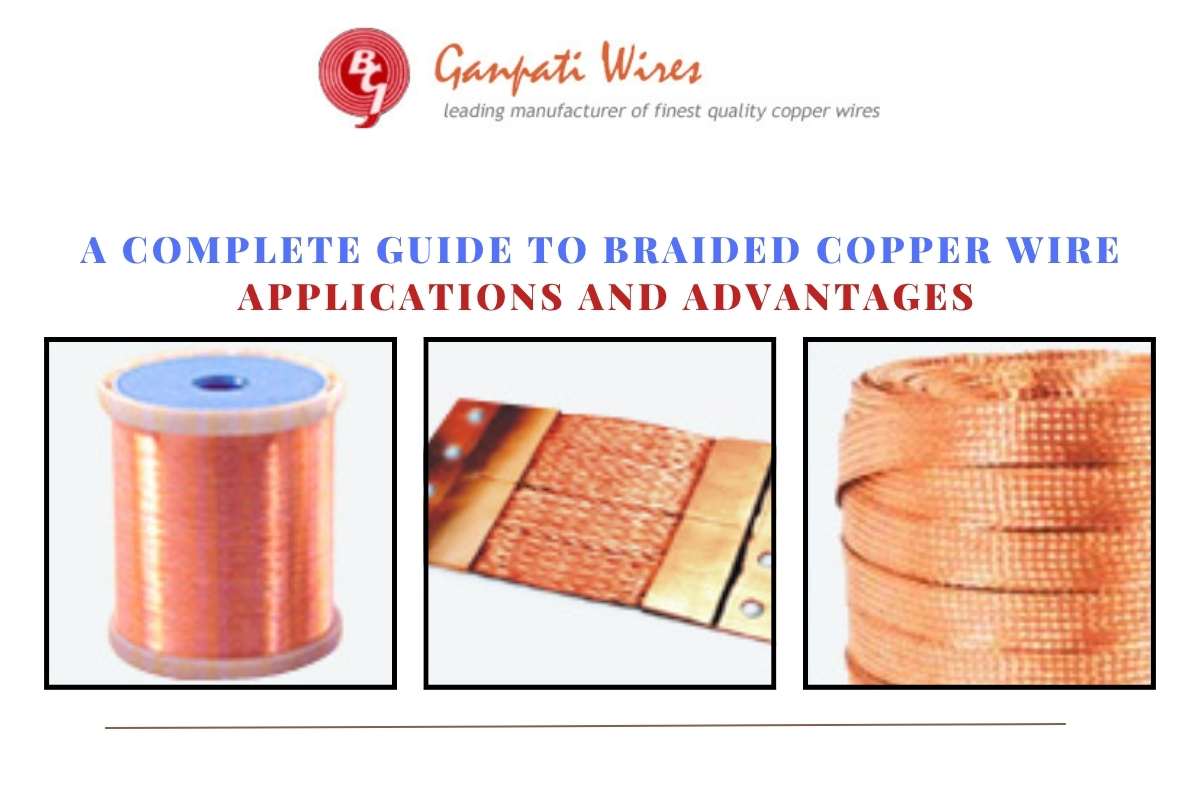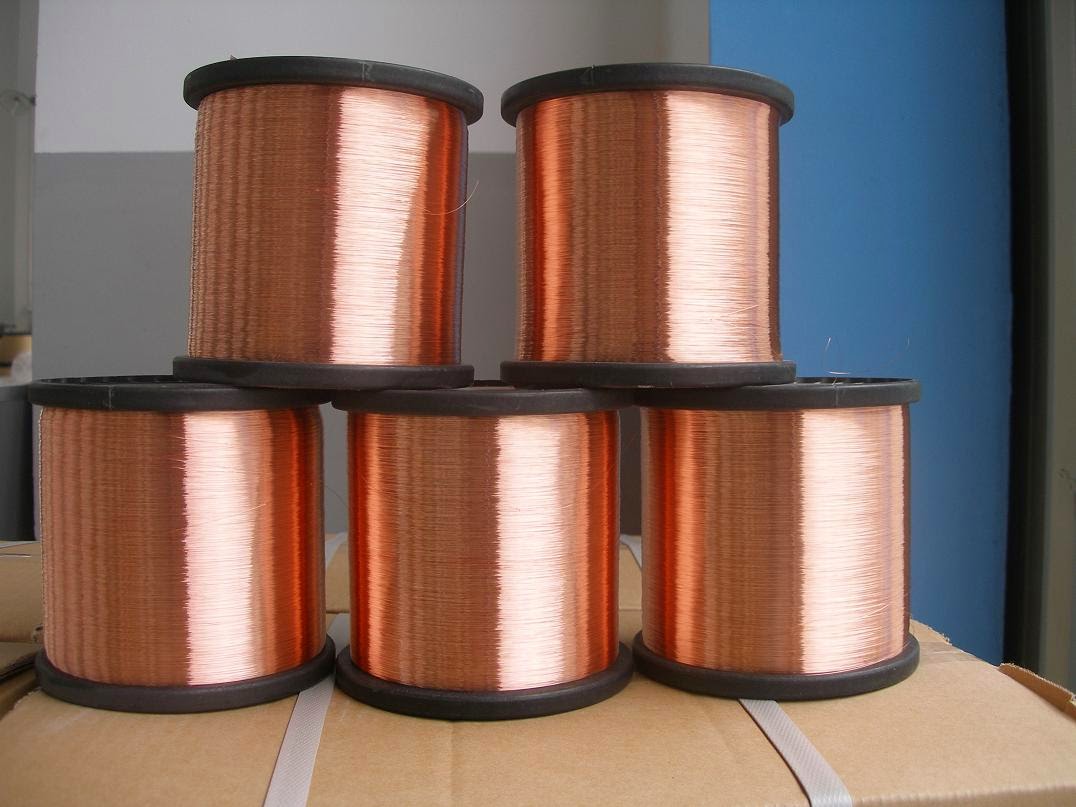How to Choose the Right CRT Earthing Wire for Safety
Regarding electrical safety, earthing is quite important for shielding people from possible hazards and equipment from possible damage. Of the several earthing alternatives on the market, CRT Earthing Wire is clearly a must-have element guaranteeing a strong and efficient grounding system. Still used in many different sectors, CRT (Cathode Ray Tube) devices need appropriate earthing to prevent electrical problems, lower interference, and improve performance. Selecting the correct CRT earthing cable is crucial since a bad choice could cause system failures or higher electrical hazards. Making a wise decision will depend on knowing the main elements influencing the quality and performance of earthing cables. Emphasizing material composition, durability, conductivity, and brand dependability, this study investigates the key factors of choosing a CRT earthing wire.
Understanding CRT Earthing Wire
Specifically engineered to provide efficient grounding of Cathode Ray Tube-based systems is CRT earthing wire. These wires shield delicate electronic components from injury and aid to release unwelcome electrical charges. The choice of the appropriate wire is vital for safety and efficiency since CRTs may suffer signal interference, electrostatic buildup, and even dangerous electric shocks without a suitable earthing connection.
Key Factors to Consider When Choosing a CRT Earthing Wire
Material Composition
The conductivity and lifetime of an earthing wire depend much on the material it contains. Most often utilized materials are:
Copper: Copper is the most used material for earthing cables as it is so highly conductive. It guarantees effective grounding and offers least resistance.
Aluminum: Aluminum is a secondary choice even if it is more reasonably priced than copper as it has less conductivity and less durability.
Tinned Copper: Ideal for demanding situations, tinned copper is wire that has a tiny layer of tin covering it, therefore offering further corrosion resistance.
Wire Gauge and Thickness
The wire's thickness controls its capacity to efficiently dissipate undesired currents and handle electrical load. More conductivity and less voltage drop come from a thicker wire. To guarantee dependability, one must choose a wire gauge that satisfies safety criteria.
Flexibility and Durability
Particularly in complicated wiring systems, the flexible enough CRT earthing cable should enable simple installation. Another important consideration is durability since the wire must to be mechanical stress, environmental condition, and wear and tear resistant. Extra defense from outside elements comes from insulated cables.
Corrosion Resistance
Earthing cables should be rust and corrosion resistant since they are subjected to environmental conditions. Corrosion compromises the efficacy of the earthing system and can influence conductivity. Selecting a corrosion-resistant material—such as tinned copper or covered wires—helps increase lifetime.
Compliance with Safety Standards
Make sure the CRT earthing cable you select conforms with national and international safety criteria always. Regulatory body certification that the wire satisfies minimum performance and safety criteria.
Why Ganpati Wires is a Reliable Choice
Regarding premium earthing wires, Ganpati Wires is a reputable brand in the business. As one of the leading CRT Earthing Wire Suppliers, Ganpati Wires provides premium-quality CRT earthing wires that guarantee the best safety and performance. Years of experience in making great electrical wiring solutions qualify them. Their solutions offer a consistent grounding solution for CRT-based systems since they are produced from premium copper with great conductivity. Ganpati Wires offers a selection of solutions catered to your particular demand, whether your need is for a strong, corrosion-resistant, or very flexible earthing wire. Selecting a reputable brand such as Ganpati Wires guarantees that your electrical systems stay compliant with safety criteria, safe, and effective.
Installation Best Practices for CRT Earthing Wire
Just as crucial as selecting the correct wire is the correct installation of the CRT earthing wire. For greatest performance and safety, follow these guidelines:
Use the Correct Connection Method
Make sure the earthing wire, via suitable connectors or clamps, is firmly attached to the grounding system. Loose connections could cause an electrical risk.
Regular Inspection and Maintenance
Regular inspections help to find any indicators of deterioration, corrosion, or wear. Changing tired-out cables helps the grounding system remain intact.
Keep Away from Interference Sources
To stop signal distortion and voltage swings, avoid running earthing wires too near electromagnetic interference sources or high-voltage cables.
Ensure Proper Length and Routing
The earthing wire's length should be sufficient to create a direct and effective ground contact. Steer clear of too sharp bends or loops that would aggravate resistance.
Conclusion
Ensuring electrical safety, system efficiency, and lifespan requires a careful choice of CRT earthing wire. The quality of the earthing wire depends much on elements including material composition, wire gauge, flexibility, and corrosion resistance. Reliable grounding for CRT-based systems and top-grade solutions that satisfy industry standards are offered by trusted producers such as Ganpati Wires. Following top installation standards and addressing the main points covered in this article will help you improve the performance and safety of your electrical configuration. Purchasing the correct CRT earthing wire now will guarantee a safe and trouble-free running in due course.






.jpg)

Comments
Post a Comment